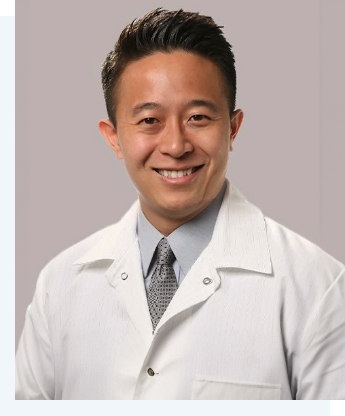Oral Surgery FAQs
Oral Surgery, or Oral and Maxillofacial Surgery, is a dental specialty focused on diagnosing and treating conditions of the mouth, jaw, and face. It can involve various procedures, including tooth extractions, wisdom teeth removal, dental implant placement, jaw surgery, and facial trauma repair.

Your oral surgeon may recommend oral surgery for various reasons, such as:
- Wisdom teeth removal
- Impacted teeth
- Removal of teeth for orthodontic treatment
- Need for dental implants
- Bone grafting
- Severe tooth decay or damage
- Jaw problems
- Facial trauma or injuries
- Oral pathology
The type of anesthesia used will depend on the complexity of the procedure, and the needs of the patient. Options include:
- Local anesthesia: Numbs the surgical site only.
- Nitrous Oxide: Helps you relax during surgery.
- General anesthesia: You are asleep and have no recollection of the procedure.
An Oral and Maxillofacial surgeon (OMS), or Oral Surgeon, is a dental specialist who has completed additional extensive training beyond dental school to specialize in surgery of the mouth, jaws, and face. Board Certification by the American Board of Oral and Maxillofacial Surgery (ABOMS) demonstrates exceptional skill and knowledge in their field.
Board Certification demonstrates an Oral Surgeon has:
- Advanced Training: Completed a minimum four-year hospital-based surgical residency after dental school.
- Proven Knowledge: Passed rigorous written and oral exams on surgical procedures and patient care.
- Demonstrated Skills: Undergone peer review to assess their surgical competence.
- Lifelong Commitment: Agrees to ongoing professional development through continuing education.
A Board Certified Oral and Maxillofacial surgeon has in-depth knowledge of:
- Oral and maxillofacial anatomy: The structure of the mouth, jaws, face, and associated nerves and blood vessels.
- Surgical procedures: A wide range of procedures, including tooth extractions, wisdom teeth removal, dental implant placement, bone grafting, jaw surgery, and facial trauma repair.
- Anesthesia: Different types of anesthesia used in oral surgery and their safe administration.
- Pain management: Techniques to minimize discomfort before, during, and after surgery.
- Pathology: Diagnosing oral and facial diseases that may require surgery.
- Digital imaging: 3D cone beam CT scans and digital x-rays provide detailed images for precise treatment planning and surgical navigation. There is less exposure to radiation compared to traditional film.
- Intraoral scanning: Digital impressions are more accurate compared to traditional impressions and help facilitate precise implant positioning.
- Minimally invasive surgery: Techniques using smaller incisions allow for faster healing and reduced discomfort.
- Computer-guided surgery: Virtual planning software and surgical guides lead to enhanced accuracy and predictability.
- 3D printing: Additive manufacturing is used to create customized implants and dentures.
- More accurate diagnosis and treatment planning
- Minimally invasive procedures with faster recovery times
- Reduced discomfort and pain
- Improved surgical outcomes
If you have more questions about dental implants or oral surgery, contact our Pasadena office at (626) 792-3161 or visit The Dental Implant Guide for more information.

